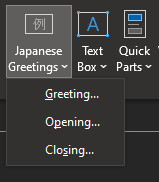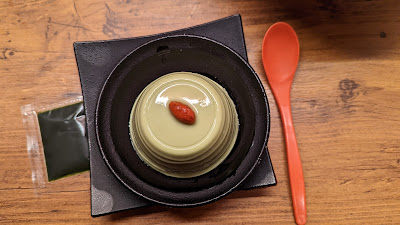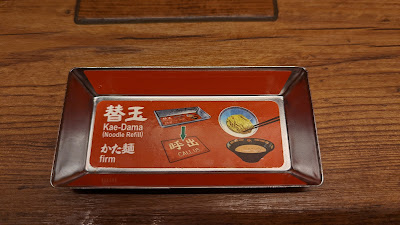What is "住民票"? - About "residence certificate" in details
Q&A Q: What is " 住民票 " in Japan? A: " 住民票 " means the certificate of residence . It records the citizen's whereabouts and residence changes, which should be registered 14 days before or after moving into the new address. In principle, " 住民票 " is written according to the registration items on the residence card . Before 2012, only Japanese people applied for " 住民票 ," but after July 12, international students can also apply. Still, they also need not do it. Because, in general, it is more beneficial to keep a residence card or a passport ! AND Please note that what you actually get is only a copy of the actual Residence Certificate . We also called the copied paper " 住民票 "; Q: Why do you need it? A: Suppose you are doing significant business in Japan, such as taking a driver's license test, taking a job, or changing careers. In that case, you must apply for it and then hand it over to the office to prove your legal ident


